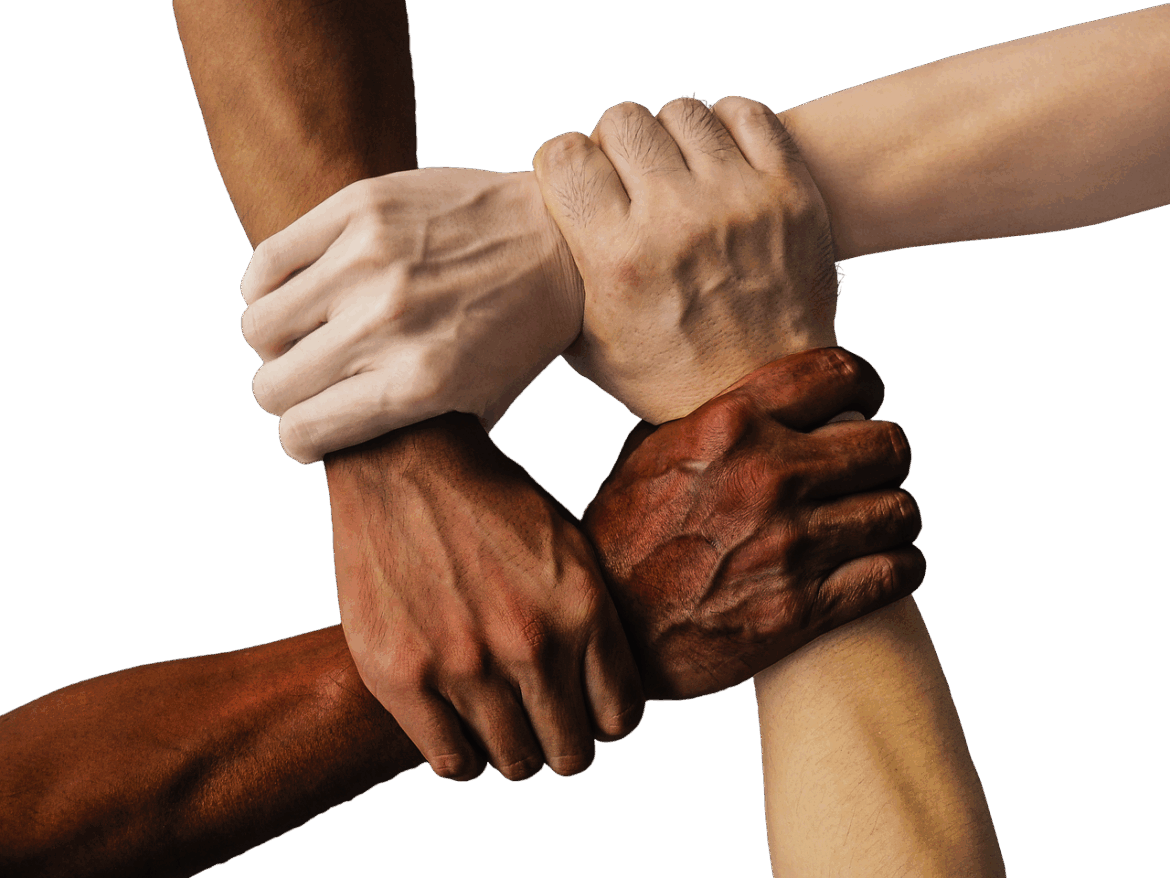The Rise of Team Collaboration Games in 2025
The year 2025 has proven exciting for video games that emphasize teamwork and social interaction. Among the many titles gaining momentum, a few games stand out for their unique blend of cooperative gameplay, engaging challenges, and vibrant communities. These games aren’t just about competition—they’re about working together in creative, sometimes chaotic ways that foster genuine connections.
Peak: The Pinnacle of Cooperative Chaos
If you’ve been tuning into Twitch lately, you might have noticed the buzzing popularity of Peak. Launched as an indie game, it quickly carved a niche by combining frantic gameplay with cooperative mechanics that encourage players to support one another to reach the summit.
Peak isn’t about fear or horror like some cooperative games; it’s about lighthearted chaos and resilience. Players climb, jump, and collaborate on a visually appealing vertical course that demands teamwork to overcome obstacles. Its appeal lies in its blend of frantic energy and social dynamics, making it a favorite for streamers and viewers alike.
The community around Peak is thriving, with creative fan content and energetic group play that highlight the real essence of collaboration—players laugh, fail, and help each other in a continuous cycle of challenge and support. It’s a fresh take on multiplayer games that rewards persistence and unity rather than perfection.
Lessons from Co-op Classics: Phasmophobia and Lethal Company
These games demonstrated how unpredictability and social interaction can turn simple mechanics into gripping experiences. They taught developers and players alike that the heart of a great team collaboration game lies in balancing stress with fun, communication with spontaneity.
Why Team Collaboration Games Matter
Team collaboration games do more than entertain—they bring people together. In today’s increasingly digital world, games like Peak provide spaces where players can bond over shared challenges. This mirrors real-world team dynamics and highlights how cooperative play encourages skills like communication, problem-solving, and empathy.
Moreover, these games become social events. Streams and clips showing moments of teamwork—sometimes triumphant, sometimes hilariously failed—are a testament to how these experiences resonate beyond the screen.
What Makes a Great Team Collaboration Game?
- Engagement Through Cooperation: Games that make players rely on each other create tension and excitement.
- Accessibility with Depth: They are easy to get into but challenging to master.
- Community-Driven: Supportive player bases that create content and share experiences.
- Balanced Challenge and Fun: Enough obstacles to keep things interesting without being discouraging.
Takeaway: The Joy is in the Journey
References:



